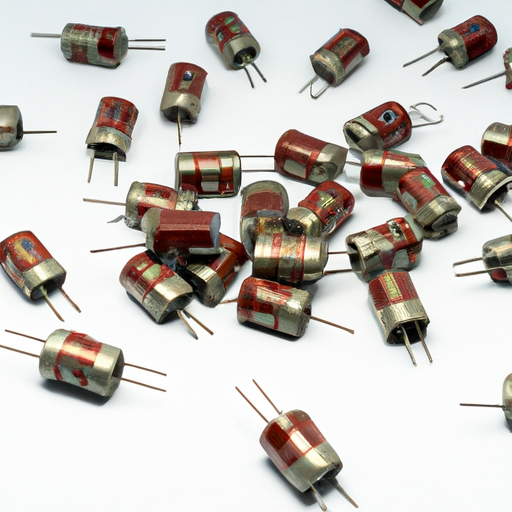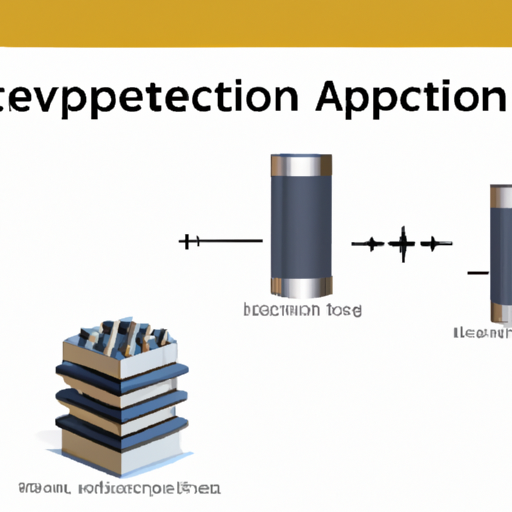Overview of S6008L Resistors and Their Applications
The S6008L resistors are a specific type of resistor that can be utilized in various electronic applications. While detailed articles or case studies specifically on the S6008L may not be readily available, we can explore the core functional technology of resistors in general and highlight effective application development cases that demonstrate their importance in electronic design.
Core Functional Technology of Resistors
1. **Basic Functionality**: Resistors are fundamental components in electronic circuits, primarily used to limit current flow and divide voltages. Their resistance is measured in ohms (Ω), and they are essential for controlling electrical parameters in a circuit.
2. **Types of Resistors**:
- **Fixed Resistors**: These resistors have a constant resistance value and are widely used in various applications.
- **Variable Resistors**: These include potentiometers and rheostats, allowing for adjustable resistance, which is useful in applications like volume controls.
- **Specialty Resistors**: These include thermistors (temperature-sensitive), photoresistors (light-sensitive), and others designed for specific applications.
3. **Material Composition**: The performance of resistors is influenced by their material composition. Common materials include:
- **Carbon Composition**: Good for general-purpose applications.
- **Metal Film**: Offers better precision and stability.
- **Wire-Wound**: Suitable for high-power applications.
4. **Power Rating**: Resistors are rated for the maximum power they can dissipate, typically expressed in watts (W). This rating is crucial for preventing overheating and ensuring reliability.
5. **Tolerance**: This specification indicates the allowable variation from the nominal resistance value, with common tolerances being ±1%, ±5%, and ±10%. Lower tolerance values are preferred in precision applications.
6. **Temperature Coefficient**: This parameter indicates how much the resistance changes with temperature, which is critical for applications requiring high accuracy.
Application Development Cases
1. **Voltage Divider Circuits**: Resistors are often used in voltage divider configurations to obtain a desired voltage level from a higher voltage source. This is particularly useful in sensor applications where specific voltage levels are required for accurate readings.
2. **Signal Conditioning**: In audio and communication systems, resistors are integral to signal conditioning. They can be used in conjunction with capacitors to create filters that eliminate unwanted noise or frequencies, enhancing signal clarity.
3. **Current Limiting in LED Circuits**: Resistors are essential in LED applications to limit the current flowing through the LED, preventing damage and ensuring optimal brightness. This application is prevalent in consumer electronics and decorative lighting.
4. **Transistor Biasing**: In amplifier circuits, resistors are used to set the biasing conditions of transistors, ensuring they operate in the desired region of their characteristic curves. This is crucial for minimizing distortion and achieving linear amplification.
5. **Temperature Sensing with Thermistors**: Thermistors, a type of resistor, change their resistance based on temperature. This property is utilized in HVAC systems and industrial temperature monitoring, allowing for precise temperature control and measurement.
6. **Pull-Up and Pull-Down Resistors**: In digital circuits, resistors are used to define the logic levels of inputs to prevent floating states. Pull-up and pull-down resistors ensure that inputs to logic gates are at a defined state when no active devices are connected, enhancing circuit reliability.
Conclusion
Resistors, including specific types like the S6008L, are indispensable components in electronic circuits. They play a crucial role in controlling current and voltage levels, providing stability, and enabling various functionalities across a wide range of applications. Understanding the core technology and effective application cases of resistors empowers engineers to design more efficient and reliable electronic systems, ultimately enhancing the performance of consumer electronics, automotive systems, industrial automation, and telecommunications.











